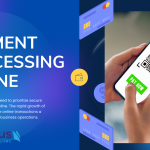How to Boost Your Restaurant’s Efficiency with a Micro POS System
Efficiency is the lifeblood of any successful restaurant. In an industry where margins are tight, and customer satisfaction is paramount, every second counts. The introduction of Micro POS Systems for Restaurants has transformed how restaurants operate, enabling them to serve customers better, manage resources more effectively, and ultimately increase profitability.
This comprehensive guide will explore how a Micro POS system can revolutionize your restaurant’s operations. We’ll delve into the technology behind these systems, their myriad benefits, key features to consider, and how to implement them successfully. We’ll also look at real-world examples, address common questions, and provide practical advice on optimizing your restaurant’s performance.
Understanding Micro POS Systems
What is a Micro POS System?
A Micro POS System is a compact, often tablet-based, point-of-sale solution designed to handle the myriad tasks involved in running a restaurant. Unlike traditional POS systems that are often bulky and expensive, Micro POS systems are more affordable, flexible, and easy to integrate into existing operations.
These systems are designed to do more than just process payments. They help manage orders, inventory, staff schedules, and customer relationships. Their portability allows staff to move freely throughout the restaurant, taking orders and processing payments directly at the table, which enhances the dining experience.
Evolution of POS Systems in Restaurants
POS systems have come a long way from their humble beginnings. Initially, they were simple cash registers. Over time, as technology advanced, POS systems became more sophisticated, incorporating features like inventory management, sales tracking, and customer data collection. The latest iteration, Micro POS Systems for Restaurants, is a testament to how technology continues to evolve, providing restaurant owners with tools that are not only functional but also highly efficient.
Read it also:- ENHANCING EFFICIENCY WITH CLOVER’S NEW 24″ SCREEN KITCHEN PRINTER
The Many Benefits of Micro POS Systems
Seamless Integration into Restaurant Operations
One of the most significant advantages of Micro POS Systems for Restaurants is their ability to integrate seamlessly into existing operations. Whether you’re running a small café or a full-service restaurant, these systems can adapt to your needs. This adaptability is particularly beneficial for restaurants with multiple locations, as it allows for uniformity across all sites, ensuring consistent service and operations.
Real-Time Data and Reporting
In the fast-paced restaurant environment, access to real-time data is crucial. Micro POS Systems offer comprehensive reporting tools that provide insights into sales, inventory levels, and customer preferences. This data allows you to make informed decisions on the fly, such as adjusting menus, ordering inventory, or planning staff schedules based on peak hours.
Enhanced Customer Engagement
In today’s competitive market, customer engagement is more important than ever. A Micro POS System allows you to track customer preferences, manage loyalty programs, and offer personalized promotions. By understanding what your customers want, you can tailor their experience to meet their expectations, increasing their likelihood of returning.
Scalability and Flexibility
As your restaurant grows, your POS system should be able to grow with you. Micro POS Systems for Restaurants are highly scalable, allowing you to add new features or integrate additional systems as needed. Whether you’re expanding your menu, adding a new location, or launching a delivery service, a micro POS system can accommodate your growth without requiring a complete system overhaul.
Employee Management
Managing staff efficiently is crucial to a restaurant’s success. Micro POS Systems often include features that simplify employee scheduling, track hours worked, and monitor performance. This helps in optimizing labor costs and ensuring that your restaurant is staffed appropriately at all times.
Key Features of Micro POS Systems
Cloud-Based Functionality
One of the standout features of many Micro POS Systems is their cloud-based functionality. This means that all your data is stored securely online, accessible from anywhere with an internet connection. This feature is particularly useful for restaurant owners who manage multiple locations or need to access data remotely.
Mobile and Tablet Compatibility
Mobility is a key advantage of Micro POS Systems for Restaurants. These systems are often compatible with tablets and smartphones, allowing your staff to take orders, process payments, and even check inventory levels from anywhere in the restaurant. This not only speeds up service but also reduces the likelihood of errors.
Advanced Security Features
With increasing concerns about data security, it’s essential to choose a POS system that protects your customers’ information. Micro POS Systems typically come with advanced security features, including encrypted payment processing, secure login protocols, and regular software updates to protect against the latest threats.
Customizable Interface
Every restaurant operates differently, and your POS system should reflect that. Micro POS Systems often come with customizable interfaces, allowing you to set up the system in a way that best suits your workflow. Whether you want to prioritize certain menu items, customize order screens, or integrate specific payment methods, these systems can be tailored to meet your needs.
Implementation Strategies for Micro POS Systems
Assessing Your Restaurant’s Needs
Before selecting a Micro POS System, it’s essential to assess your restaurant’s specific needs. Consider factors such as the size of your restaurant, the volume of transactions, and the features that are most important to your business. Are you looking for a system that can handle high volumes of orders during peak hours, or do you need a solution that integrates with your existing accounting software? By identifying your needs upfront, you can choose a system that fits seamlessly into your operations.
Choosing the Right System
Once you’ve assessed your needs, the next step is choosing the right system. With so many options available, it’s important to do your research. Look for a Micro POS System that offers the features you need, is within your budget, and comes with robust customer support. Reading reviews and seeking recommendations from other restaurant owners can also be helpful in making your decision.
Training Your Staff
A Micro POS System is only as effective as the people using it. Proper training is crucial to ensure that your staff can use the system efficiently. Most systems come with training resources, including video tutorials, manuals, and customer support. Consider setting aside time for your staff to familiarize themselves with the system before going live, and provide ongoing training to ensure they stay up-to-date with any new features or updates.
Monitoring and Optimization
After implementing your Micro POS System, it’s important to monitor its performance. Gather feedback from your staff and customers to identify any issues or areas for improvement. Regularly review your system’s reports and analytics to spot trends and make data-driven decisions. By continually optimizing your system, you can ensure it remains a valuable asset to your restaurant.
Real-World Examples of Micro POS Systems in Action
Small Café in a Busy City
A small café in a bustling urban area was facing challenges with long lines and slow service during peak hours. After implementing a Micro POS System, the café was able to streamline its order-taking process, allowing staff to take orders directly at the tables. This reduced wait times and increased customer turnover, leading to a noticeable boost in daily sales and customer satisfaction.
Family-Owned Restaurant in a Suburban Area
A family-owned restaurant in a suburban area was struggling with inventory management and inconsistent service. By adopting a Micro POS System, the restaurant was able to automate inventory tracking, ensuring that they never ran out of popular items. The system also helped standardize service across shifts, resulting in a more consistent dining experience for customers.
Implementing a Micro POS System: A Practical Guide
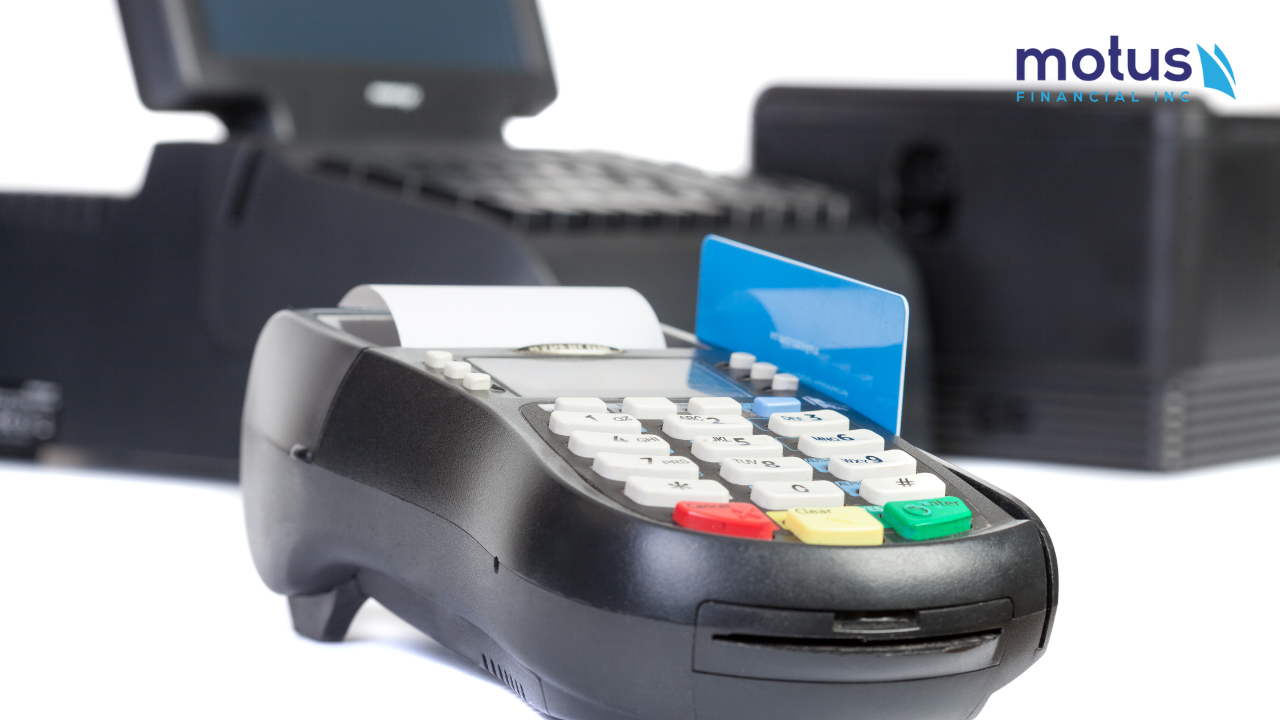
To help you get started with implementing a Micro POS System in your restaurant, we’ve put together a practical guide. Below, we outline a step-by-step process to ensure a smooth transition:
Step 1: Define Your Objectives
Before you start shopping for a Micro POS System, it’s important to define what you hope to achieve with the new system. Are you looking to reduce order errors, speed up service, improve inventory management, or enhance customer engagement? By clearly defining your objectives, you can focus on systems that offer the features you need.
Step 2: Research and Compare Options
With so many Micro POS Systems for Restaurants on the market, it’s important to do your research. Compare different systems based on features, pricing, customer support, and user reviews. Don’t be afraid to reach out to vendors for demonstrations or trials to see how the system works in a real-world setting.
Step 3: Plan Your Implementation
Once you’ve chosen a system, it’s time to plan your implementation. Consider factors like the timing of the rollout, staff training, and how you’ll transition from your current system to the new one. A well-planned implementation will minimize disruptions to your restaurant’s operations.
Step 4: Train Your Team
Proper training is crucial to the success of your Micro POS System. Make sure your staff is comfortable with the new system and understands how to use all its features. Consider providing ongoing training and support to ensure everyone stays up-to-date with any new features or updates.
Step 5: Monitor and Adjust
After implementing your Micro POS System, it’s important to monitor its performance and gather feedback from your staff and customers. Use this feedback to make any necessary adjustments and optimize your system to ensure it continues to meet your restaurant’s needs.
Comparison of Traditional POS vs. Micro POS Systems
To provide a clearer understanding of the advantages of Micro POS Systems for Restaurants, here’s a comparison table between Traditional POS Systems and Micro POS Systems:
Realizing the Full Potential of Micro POS Systems
The successful implementation of a Micro POS System can bring about transformative changes in your restaurant’s efficiency, customer satisfaction, and profitability. However, realizing the full potential of these systems requires a thoughtful approach. By choosing the right system, training your staff effectively, and continually monitoring and optimizing your operations, you can ensure that your Micro POS system becomes a valuable asset to your business.
Contact Us
If you’re ready to enhance your restaurant’s efficiency with a Micro POS System, we’re here to help. At Motus Financial, we specialize in providing tailored POS solutions that meet the unique needs of restaurants like yours. Our team of experts is ready to guide you through the process, from selecting the right system to successful implementation. Contact us today at (608) 819-8666 to get started. Your path to a more efficient and profitable restaurant begins here.
Maintaining a strong online presence is crucial for any restaurant. Integrating your Micro POS System with your Google My Business (GMB) profile can enhance your visibility and improve customer engagement. By syncing your POS system with GMB, you can ensure that your menu, operating hours, and special promotions are always up-to-date.

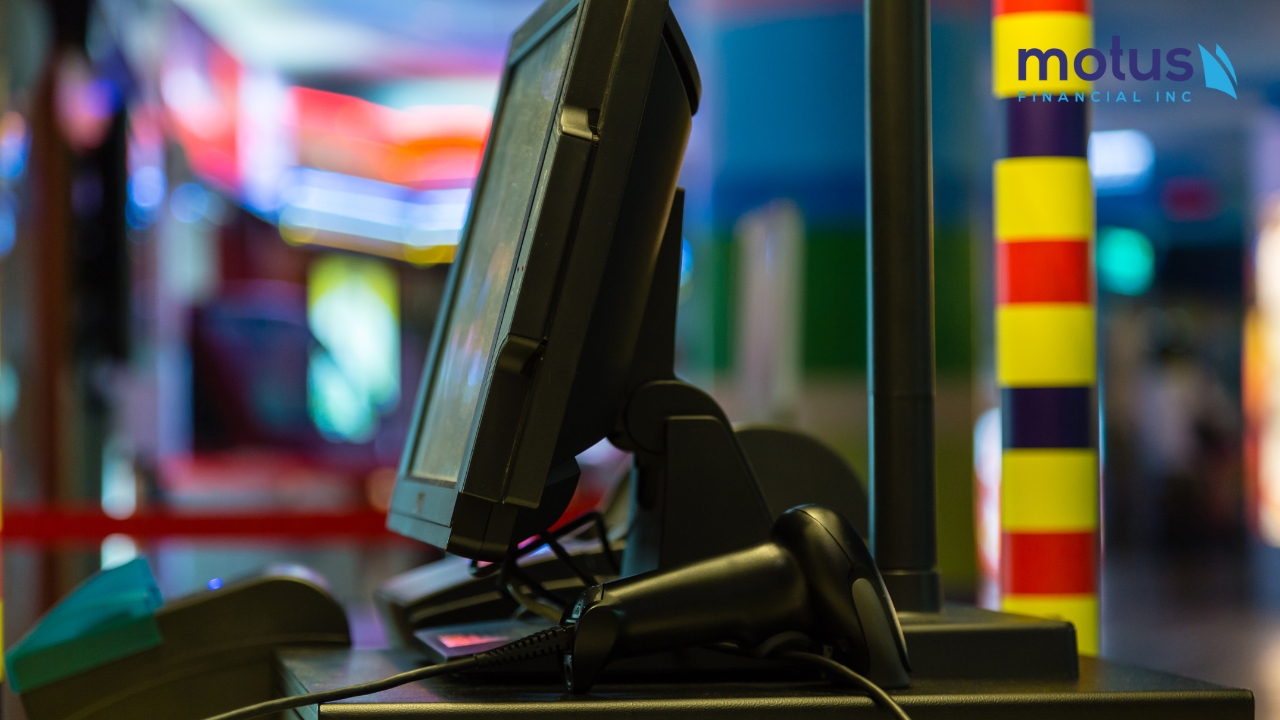
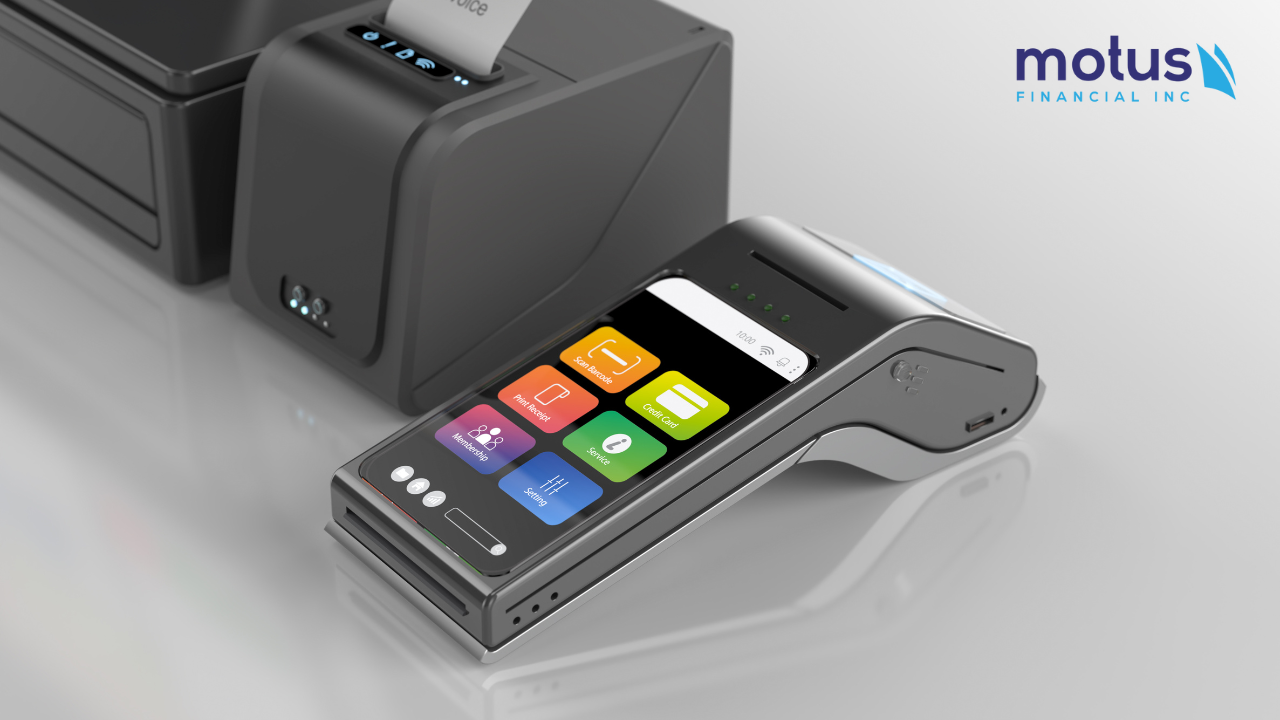





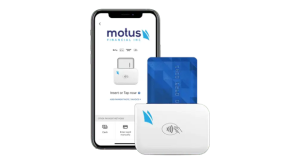
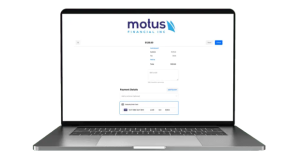
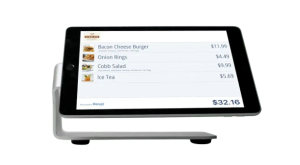 Our POS systems are designed to streamline in-store transactions. With features like inventory management, sales reporting, and customer tracking, our POS solutions help you run your business more efficiently. Our terminals are compatible with various payment methods, including chip cards, contactless payments, and mobile wallets.
Our POS systems are designed to streamline in-store transactions. With features like inventory management, sales reporting, and customer tracking, our POS solutions help you run your business more efficiently. Our terminals are compatible with various payment methods, including chip cards, contactless payments, and mobile wallets.
